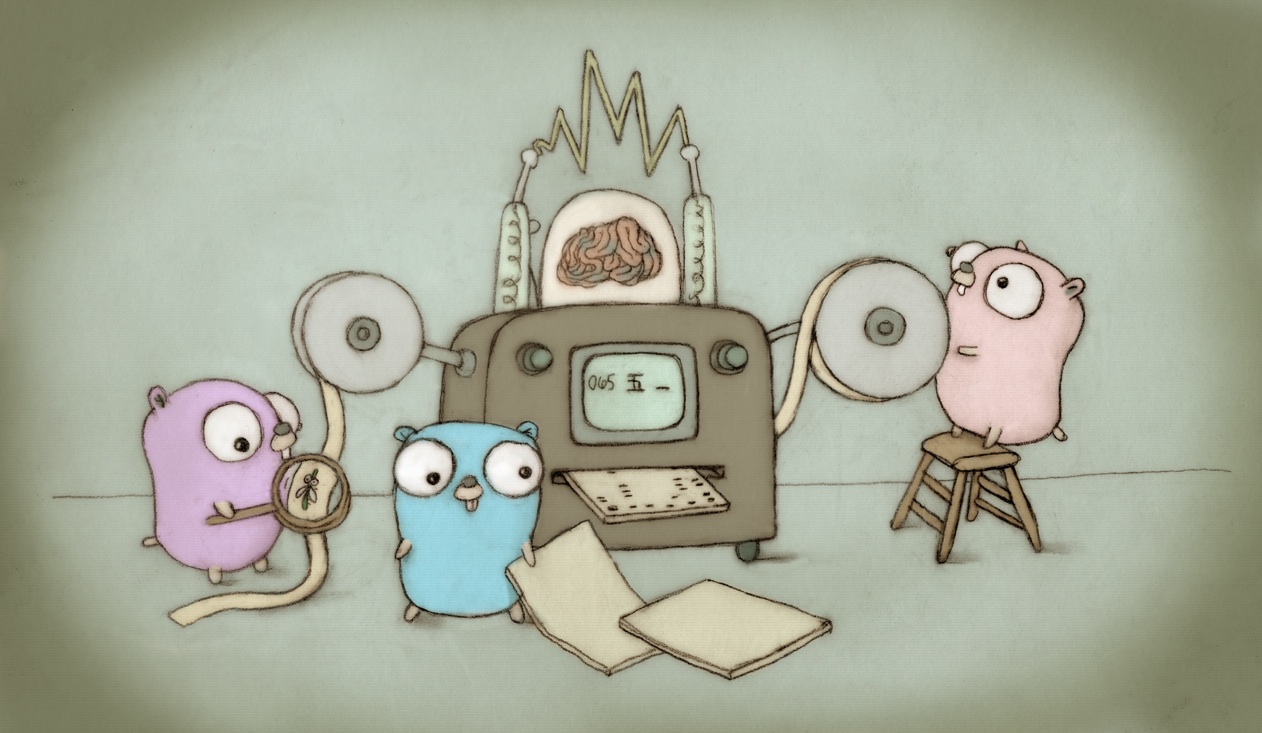Currently, when we minit on a thread that already has an alternate signal stack (e.g., because the M was an extram being used for a cgo callback, or to handle a signal on a C thread, or because the platform's libc always allocates a signal stack like on Android), we simply drop the Go-allocated gsignal stack on the floor. This is a problem for Ms on the extram list because those Ms may later be reused for a different thread that may not have its own alternate signal stack. On tip, this manifests as a crash in sigaltstack because we clear the gsignal stack bounds in unminit and later try to use those cleared bounds when we re-minit that M. On 1.9 and earlier, we didn't clear the bounds, so this manifests as running more than one signal handler on the same signal stack, which could lead to arbitrary memory corruption. This CL fixes this problem by saving the Go-allocated gsignal stack in a new field in the m struct when overwriting it with a system-provided signal stack, and then restoring the original gsignal stack in unminit. This CL is designed to be easy to back-port to 1.9. It won't quite cherry-pick cleanly, but it should be sufficient to simply ignore the change in mexit (which didn't exist in 1.9). Now that we always have a place to stash the original signal stack in the m struct, there are some simplifications we can make to the signal stack handling. We'll do those in a later CL. Fixes #22930. Change-Id: I55c5a6dd9d97532f131146afdef0b216e1433054 Reviewed-on: https://go-review.googlesource.com/81476 Run-TryBot: Austin Clements <austin@google.com> TryBot-Result: Gobot Gobot <gobot@golang.org> Reviewed-by: Ian Lance Taylor <iant@golang.org> |
||
|---|---|---|
| .github | ||
| api | ||
| doc | ||
| lib/time | ||
| misc | ||
| src | ||
| test | ||
| .gitattributes | ||
| .gitignore | ||
| AUTHORS | ||
| CONTRIBUTING.md | ||
| CONTRIBUTORS | ||
| favicon.ico | ||
| LICENSE | ||
| PATENTS | ||
| README.md | ||
| robots.txt | ||
The Go Programming Language
Go is an open source programming language that makes it easy to build simple, reliable, and efficient software.
 Gopher image by Renee French, licensed under Creative Commons 3.0 Attributions license.
Gopher image by Renee French, licensed under Creative Commons 3.0 Attributions license.
Our canonical Git repository is located at https://go.googlesource.com/go. There is a mirror of the repository at https://github.com/golang/go.
Unless otherwise noted, the Go source files are distributed under the BSD-style license found in the LICENSE file.
Download and Install
Binary Distributions
Official binary distributions are available at https://golang.org/dl/.
After downloading a binary release, visit https://golang.org/doc/install or load doc/install.html in your web browser for installation instructions.
Install From Source
If a binary distribution is not available for your combination of operating system and architecture, visit https://golang.org/doc/install/source or load doc/install-source.html in your web browser for source installation instructions.
Contributing
Go is the work of hundreds of contributors. We appreciate your help!
To contribute, please read the contribution guidelines: https://golang.org/doc/contribute.html
Note that the Go project does not use GitHub pull requests, and that we use the issue tracker for bug reports and proposals only. See https://golang.org/wiki/Questions for a list of places to ask questions about the Go language.